You will probably hear it. But will you be able to see it?
The wren is one of our tiniest and yet loudest resident songbirds, and finds a home in nooks and crannies all across Britain.
Its song is bright and consistent. It can go on blasting out that same sequence with incredible fidelity, hour after hour.
The strength and regularity of the song, with its penetrating trills, are the clearest giveaways.
It’s a good one to pick up through repeat exposure, because you can hear it all over the place - most urban parks, field edges and woodlands have their wrens, but windswept hillsides, coastal headlands, lakesides and marshes often have them too.
Another clue is that wrens seem to lack an ‘off’ button. They can be heard on bright winter days, and continuously from early spring, through summer and well into autumn.
Wrens are ground-huggers, and tend to sing from a low perch. This may be perfectly viewable on a branch or fence post, but can easily be hidden out of sight.
And when not singing, they’re likely making alarm calls, often giving away their presence in nearby cover.
They have a couple of common ones. One is an abrupt stony tck! that can be strung together into an intolerant trill. The other is a slightly softer, but nevertheless insistent, scolding.
Among all bird calls, these from the wren are perhaps the most helpful clues to the presence of other animals in the landscape.
The trigger is often a cat or a person (perhaps you), but it could also be a fox, stoat or something else low to the ground that might otherwise pass you by.
Wrens are an invaluable guide to whatever else is happening.
Crevice dwelling
Their Latin name Troglodytes troglodytes (‘cave dweller’) refers to their knack of finding shelter in the stony crevices that most birds avoid, or perhaps just can’t fit into. This gives them purchase in places with less vegetation, such as cliffs and mountainsides, where other songbirds can be few and far between.
And while you rarely see more than one or two wrens together at one time, in harsh weather they may huddle together for warmth in the same roost. The most remarkable account concerns over 60 birds piling into a single nestbox in Norfolk one winter’s evening.
The Eurasian wren is found across Europe and also in the Far East of Asia. More than two-dozen sub-species have been described, including those distinctive to Scottish islands such as St Kilda and Fair Isle. For more on the wren’s ecology in the UK, see the BTO website.
🔗 What might the wren sound like in ‘bird-time’?
Listen to the 64 distinct notes of the wren’s song slowed down and get a sense of its true complexity - via the BBC World Service (2 minute listen)
Thanks for reading and listening. This is the seventh instalment in 2024’s cycle of Shriek of the Week. You can catch up with Dunnock, Great Spotted Woodpecker, Robin, Great Tit, Song Thrush and Blackbird (the last includes an explanation of how this all works in 2024).
For those in a position to do so, taking out a paid subscription to Shriek of the Week supports me to write more and improve what I do. It also gets you an invite to our livestream odyssey Early Bird Club call, on the first Saturday of the month (8-9am UK time), and discounts to some in-person events in the UK.
Welcome to new supporters Hilary F, Lesley S, ap, Brian G, Jessica N, Sarah S and Verene N. Thank you 🙏
🎵 British Birdsong Essentials course - last chance till 2026!
Discovering an aural soundscape changed the way I move through different habitats. In woodland, I no longer look (and get frustrated). I listen.
~ Dr Duncan Green, 2022 participant
The 10-week course starts next weekend.
This focuses on 25 widespread species that we can all learn to identify, with additional lessons on the different types of sound that birds make (and why), and different ideas for learning them, plus regular practice sessions on Zoom, quizzes and ID support from me throughout, via WhatsApp or email.
The standard price if £170 per person (or £220 for two people sharing materials).
For those who would like to take part but for whom the fee is a barrier, there are low-cost places available, which can be paid in three instalments of £20 - please contact me to sign up this way.
The course will not run later in 2024 or in 2025, so this is the last chance to join for at least two years!
Find birds by ear in 2024 with Birdsong Academy:
Up With The Birds dawn chorus calls (free, March - May)
Credits:
Image by Siegfried Poepperl
Thanks to Mark Cocker & Richard Mabey for the account of roosting wrens in Birds Brittanica.


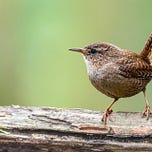





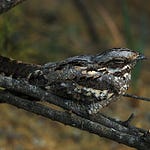
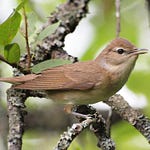

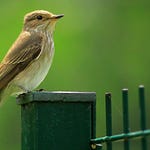


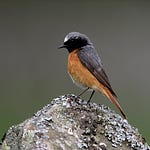
Share this post